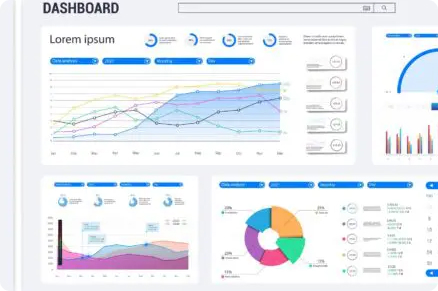Strengthen Your Security Posture with Secuvy
Security, compliance, legal, and privacy leaders take a stand for data security with Secuvy. They automate connecting, categorizing, and monitoring data security for complex network and business environments with Secuvy’s self-learning, adaptive AI.
Attentive Data Security for Regulated industries and AI training
Data Security
Manage risk, building policies from a deep understanding of the environment.
Privacy
Identify PII everywhere — and understand the context. Expand coverage to any new system quickly. View and respond to issues with confidence.
Compliance and Legal
Embed controls and identify violations. Dramatically reduce manual effort while deepening understanding and confidence.
Secuvy for Enterprise





Secuvy’s vision of DSPM
Data security posture management (DSPM) is more than flagging passwords and ID numbers. DSPM is the quest for consistent, reliable data security controls that enable data use while protecting the company and the customer.
Realizing an efficient, business-empowering DSPM is complicated by the ever-changing data landscape of dynamic business. Secuvy is built to streamline the process with AI-powered discovery you refine.
Secuvy elevates the confidence and capability of data security, privacy, legal, and compliance while lowering the costs by up to 90 percent.
The power of understanding contextual relationships — Secuvy AI
Building Security with Confidence
Connect to Everything. As long as a data store has network connectivity, Secuvy can scan the data. No python code, IT projects, or complex transformations. Empowered DSPM is more than just the data: Secuvy integrates with your other security and compliance tools.
Automate the heavy lifting. For such technical disciplines, compliance and privacy notoriously demand manual sifting and sorting. Secuvy cuts the workload down using next generation AI and thoughtful workflows to build confidence in automated response.
See patterns, don't guess them. The Secuvy adaptive AI responds to the constantly changing environment and is able to both categorize and contextualize data. You are presented with the patterns and can build rules around them.
Monitor and respond. Changes happen in the environment, and no one thinks to call you. But Secuvy is constantly monitoring. You see atomic changes, new instances, and seismic shifts in the context you need to decide and take action.
Data security holds as infrastructure expands. You can be certain there will be new SaaS, new development projects, and new lines of business. Secuvy discovers and extends your understanding of the data and its context.
Answer clearly, answer globally What information do we have for patients living in Florida? Who has access to Canadian driver license data? Private information is private, it does not matter if it is in an email archive or a structured database. With Secuvy, you can answer privacy questions globally.
Big is our thing. Secuvy agentless scans use intelligence and understanding of data to oversee large, sprawling datasets. Our competitors might only find 50-70 percent of your data. You need to know about it all.
See, validate, trust.
Additional Resources

What inspired the rise of LLMs and why now? We have witnessed the remarkable rise of generative AI, powered by vast amounts of pre-trained data within large language models (LLMs)....

What every privacy & legal team needs to know. Around 2008, storage prices reached a downward inflection point and have been drastically reducing since. Technological advances, such as the rise of SaaS, ...

With organizations storing years of data in multiple databases, governance of sensitive data is a major cause of concern. Data Sprawls are hard to manage and increase an organization’s risk...